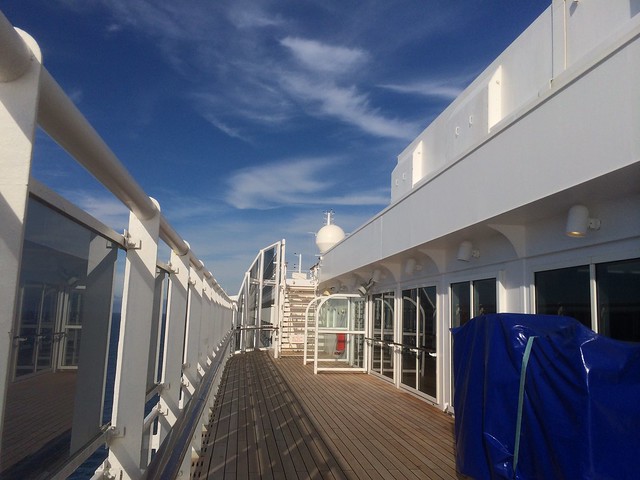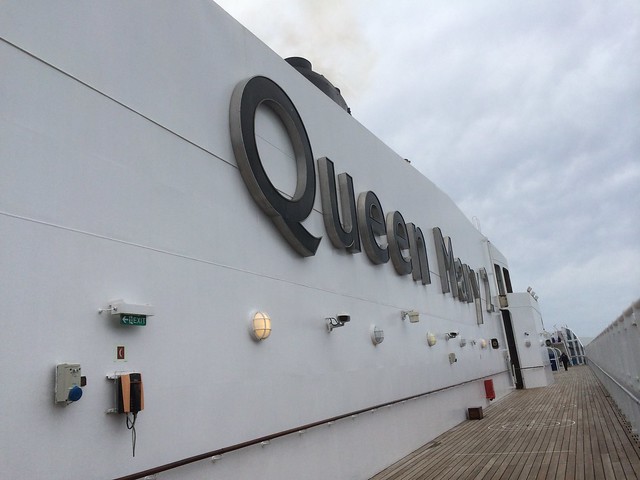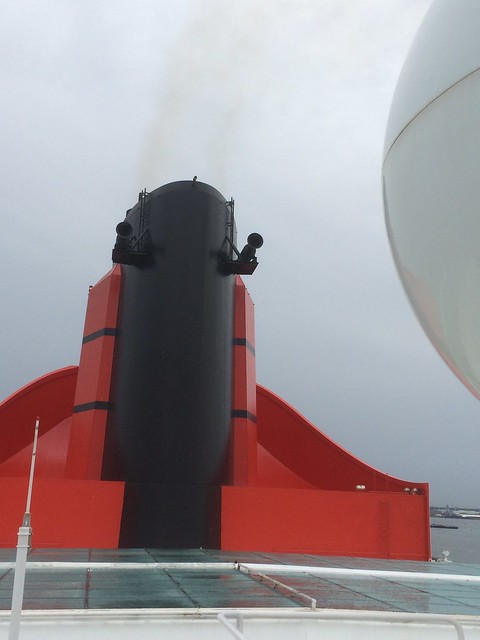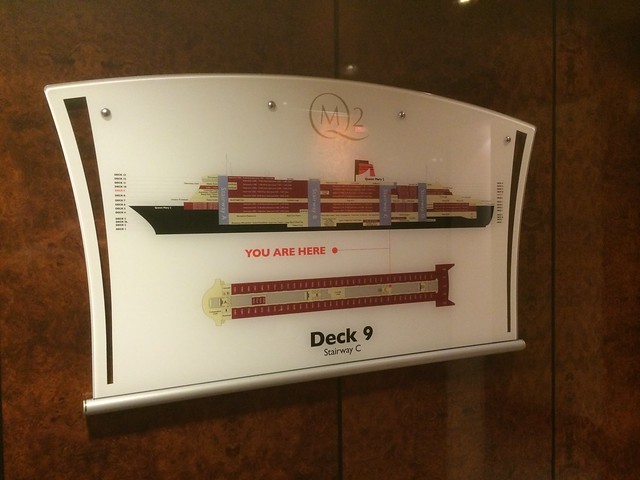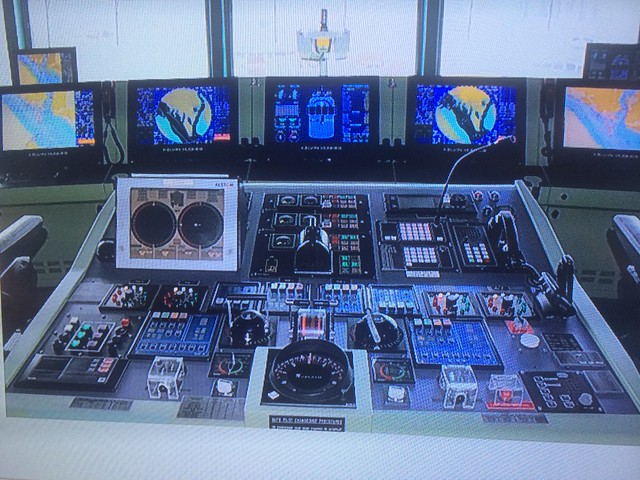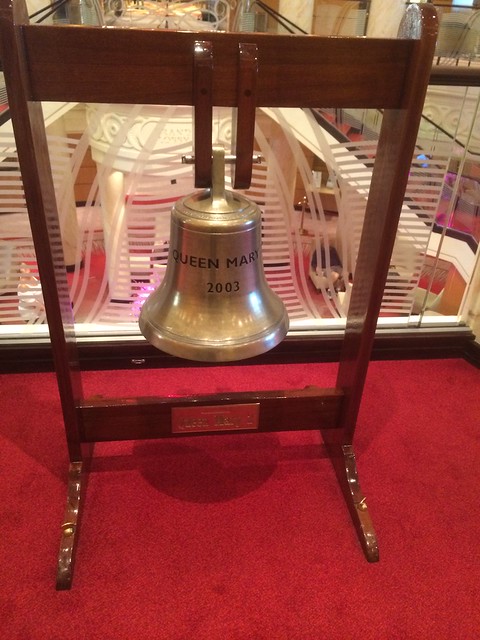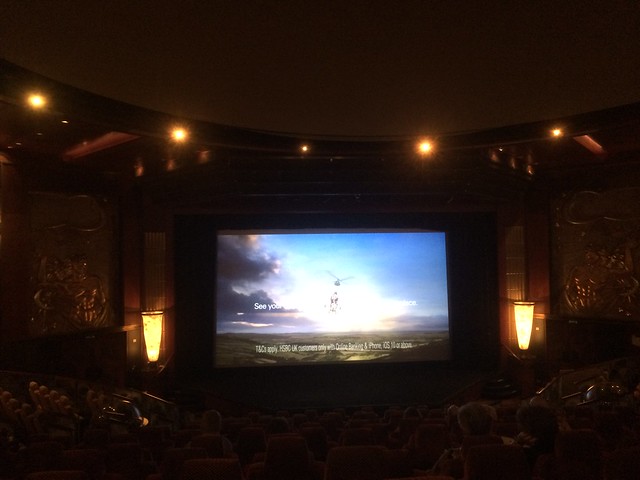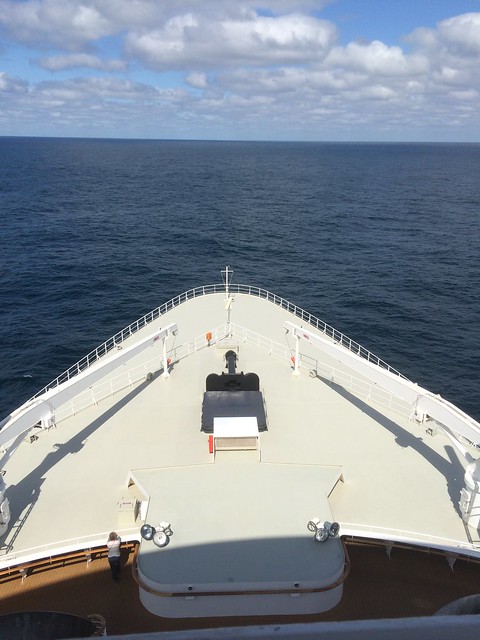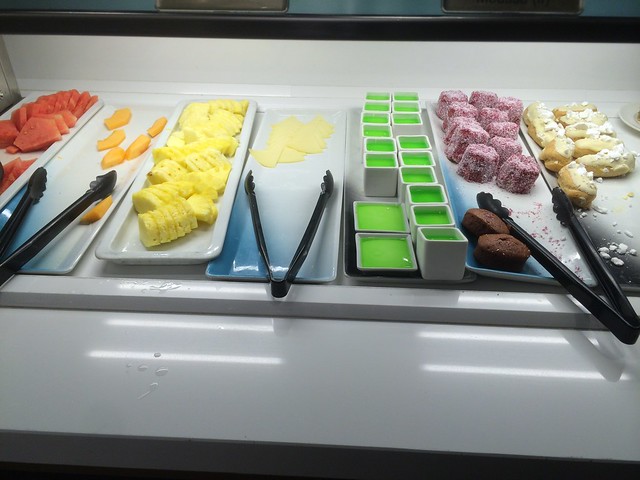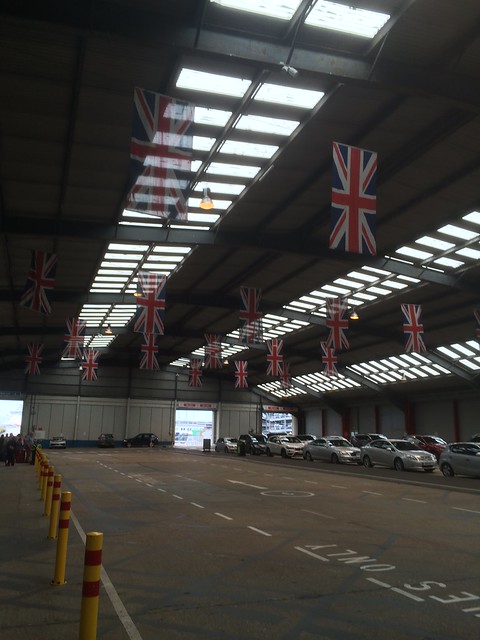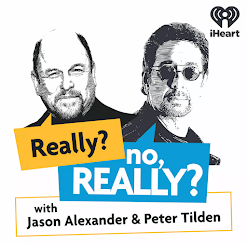I am more concerned about words that don't seem like jargon but which you (a scientist) use in a particular, precise way and which your audience may understand much more loosely. My classic examples would include protein (eggs, chicken in a meal versus oligopeptides, enzymes), model (someone who looks better than me in a bikini versus a computer program which predicts an output) and theory (well-founded 'model' of how something works which explains current [and predicts new] findings versus a hunch or gut feeling).
In 2004/5 I did a Diploma in Science Communication at Birkbeck College and had a lovely time doing so. I wrote some essays, some were probably a bit rubbish, but I liked this one. I got a pretty good mark for it but somehow the bit of paper with the mark on has become separated from the essay itself, so you'll just have to take my word for it. [Found it, got 75, woo!]
This was written in 2004/2005 and I might think slightly differently now on some points, but the essay is as it was then.
Sociologists of scientific knowledge are unlikely to disagree with the idea that "words maketh the world". Discuss the ways in which language might be said to 'construct' science.
In this essay I will consider some of the ways in which language is used by scientists, and others, to express scientific concepts. I would like to look at the way in which language is used among scientists, examining jargon and metaphor in scientific discourse as well as consider some of the ways in which non-scientists could be said to have had scientific knowledge constructed for them by the popular media. I will also consider some of the arguments for and against the view that certain uses of language have contributed to a science that is culturally contrived.
Language is essential to communicating any endeavour and thus it is fair to say that scientific knowledge is embodied in language. Whether or not this is literally in terms of words or graphical outputs or other 'literary inscriptions' (Latour and Woolgar, 1986) the end-product must be understood. Scientific knowledge exists because scientists are able to communicate their thoughts - "whatever directly affects the speech of science and its development affects scientific endeavour near its core" (Montgomery, 2004). It is difficult to imagine a knowledge that "exists without language or controlled observation" (Wark, 1996) and in that sense, science is not independent of social construction. If, as Leary says "all knowledge is ultimately rooted in metaphorical (or analogical) modes of perception and thought" then science can be considered as relying strongly on language (quoted in Gorman, 1998).
Words have no intrinsic value and only acquire this through community consensus, thus language is a social construction. Since science is also a community enterprise and one which relies heavily on language it is reasonable to suppose a close association between the way language and thought represent reality (Lillegard, 2004).
Although all disciplines have their own jargon, scientists have been especially busy in stringing Greek or Latin words together to find new ways of describing things and expressing concepts. While the precise way in which certain words are used ("normal" or "theory", for example) differs from their use in everyday language (and can be a major source of the language barrier between scientist and non-scientist) words like 'poikilothermic' (cold blooded) do appear to be designed to keep out the uninitiated. Words may maketh the world but science "is today the most active area of language creation" (Montgomery, 2004) - in other word, science constructs the language.
[The person marking the essay has pointed out that other disciplines also do this]
Most scientists (and non-scientists who use field-specific jargon) would defend its use for mutual convenience among those in the same discipline, even though this requires a learning of more words or learning a new way to use familiar ones and Montgomery (2004) has spoken of the perception of a "communicational diaspora... dividing the disciplines by the arcanity of specialist speech" while acknowledging that the barriers between disciplines have become more 'porous' in recent years, thanks to 'transdisciplinary research'.
Richard Dawkins' use of the analogy of 'selfish' genes has caused some confusion for those who mistakenly take the term literally (Dunbar, 1995) and Darwin was similarly 'sandbagged' by his own use of the phrase 'natural selection' which gave rise to the belief that nature was actively selecting (Eisenberg, 1992). In these cases, ordinary words became jargon due to the specific way in which they were used.
In an interesting experiment FJ Ingelfinger (the then editor of the New England Journal of Medicine) printed, in 1971, two versions of the same immunology paper - one making no concessions to non-immunologists, the other written in plain English by a professional journalist. Although most readers preferred the one in plain English, the original authors felt that the translation had missed the subtle nuances of the original (Dunbar, 1995) and defended the use of jargon in certain instances. In fact, Wilkinson (1992, quoted in Atkinson, 1999) challenged calls for the use of jargon (and of the passive voice, which will be discussed later) to be avoided because scientists, when publishing in scientific journals, are writing for other experts in the field.
Despite some problems, metaphors and analogies are often used successfully as pedagogical tools to explain something that is unknown in terms of something that is known (Gorman, 1998). As long as analogies ("A is like B") are not irreversibly stretched too far beyond metaphor ("A is B") then they can provide a useful framework for explaining and understanding concepts. They can be problematic though and metaphor has been described as a "double-edged sword" due to the danger of the metaphor transferring more than one meaning onto the thing which is being described (Scheiderer, 2000b). This adds weight to the postmodern idea that a reader will bring something to the text themselves - when they draw the analogy "many additional meanings may be transferred" (Scheiderer, 2000b).
However, studies of metaphor in science have shown that their use is more than just a 'convenient linguistic tool' (Scheiderer, 2000a) and there are several examples where metaphor may not only have had a clear role in the construction of scientific ideas but might even have constrained them.
Some feminist critiques of science have examined the perceived damage from the misuse of metaphor although with varying successes in making a valid point. Sandra Harding's often misquoted observation, that if "Nature as a machine" metaphors are effective in science, then overtly sexualised Baconian metaphors (scientists triumphing over nature compared with men dominating women) cannot be dismissed as 'mere metaphors' makes a valid point when not taken out of context (Brown, 2001).
Kathryn Hayles' account conflating the difficulties in solving equations for fluid mechanics with gender issues, reported in Brown (2001), on the other hand appears to have taken things a step too far. It is still a matter of debate however, as to whether gendered views in developmental and cellular biology (sperm as active and male versus egg as passive and female as well as a similar dichotomy between the cytoplasm and the nucleus) have hindered development in those fields. Gross and Levitt (1998) downplay the effect of metaphor when they comment that "however negligible the power of inappropriate metaphor may be to shape the ultimate body of scientific knowledge, there is no great harm in sensitising people to it."
It is not just the words themselves which are of interest to those studying science linguistics. Science is nowadays expressed in very formalised language where the author (the scientist) is apparently meant to be invisible. The reason for this is may be that removing any explicit authorship minimises the perceived subjectivity of the scientific experiments (Montgomery, 1999), the exact details of which are usually expressed in the passive voice (Atkinson, 1999).
[I think even at the time I was writing this things were changing regarding writing actively instead of passively]
For those whose perception of science comes from other sources the challenges of jargon are often replaced by the challenges of translation. As mentioned above in the case of the immunology paper, the "accommodation" of scientific knowledge (Fahnestock, 1986) involves a truncated version of 'the truth'. The linguistic style differences between journal papers and newspaper articles reflect the differing publishing aims and constraints. Qualifiers found in journal articles which are used to 'hedge' (Atkinson, 1999) are often the first to be pruned in a media re-write. This results in apparent certainty and misses the contingent nature of scientific knowledge. In a facile sense it could be argued that the version of truth given to readers of newspaper articles becomes the accepted "truth" by virtue of reaching a much wider audience than those reached by the journal articles. This is not the same as saying that there are different versions of the truth, any one of which might be correct. Although scientists have debunked the notion that "we only use 10% of our brains" many people still think that 90% remains underused.
While social influences undoubtedly affect what information escapes the ivory towers I would like now to examine the more troubling (to scientists) view that the influence of social factors goes far beyond this to the actual negotiation of knowledge itself.
Few would agree with Evelyn Fox Keller when she says that "science is not exempt from social influences" (Bucchi, 2004), however this is a fairly innocuous statement and could be applied to those social influences on the choice of which problem to study, or funding. In fact, the current efforts in improving the public's engagement with science and technology acknowledges the feeling that science and scientists should be subject to social influences on their activities.
A stronger take on cultural construction makes the assumption that because the process of arriving at knowledge has a strong social element (peer review being one example) the end result is "in whole or in part a social construct" (Wyllys, 2003).
In attempts to demystify some of the processes operating in science, some social constructivists have attacked the idea that the body of knowledge in science is reliable. According to Gross and Levitt (1998) the 'strong form' view maintains that science is a discourse devised and constrained by one interpretive community of scientists and any claims to truth are not independent of this group.
In their book, "Higher Superstition", they offer several examples of this sort of reasoning, that can easily be dismissed. Stanley Aronowitz's idea that acceptance by physicists of Heisenbert's "uncertainty principle" heralded a humbler, less confident physics community is described as what can happen "when the connotative power of words... are allowed to drift apart from their contextual meaning" (Gross and Levitt, 1998).
There are many instances shown here which suggest that it might be an oversimplification to suggest that science is expressed in linguistically neutral terms, or even that the use of language does not have some effect on those discovering or constructing science. In a response to Montgomery's paper, Hayes-Rivas (2004) commented that "language often leads thought" and wondered if the role of a language such as English (with its strict Subject-Verb-Object order) as the lingua franca of science might, if all scientists are eventually writing and thinking in English, constrain the way in which the world is viewed. At the very least, "it is dangerous to assume, without further study, that the effects of such a rigid grammar will be trivial or benign" (Hayes-Rivas, 2004).
Jo Brodie, 2004 or 2005
References
(lost I think, oops)
Feedback - I found the missing sheet with the mark on it
"Jo, a super essay from you here. It was full of interesting ideas and built on the readings given in a very fruitful way. There was a clear line of argument which was well supported with example and supporting evidence. I particularly liked the way you integrated the academic arguments from within science with those from a public engagement point of view - this worked very well, and you kept it relevant to the topic. The only thing I missed was a proper conclusion, rounding up all your ideas and summing up your stance. Overall, an excellent assignme nt. Well done. 75 marks
